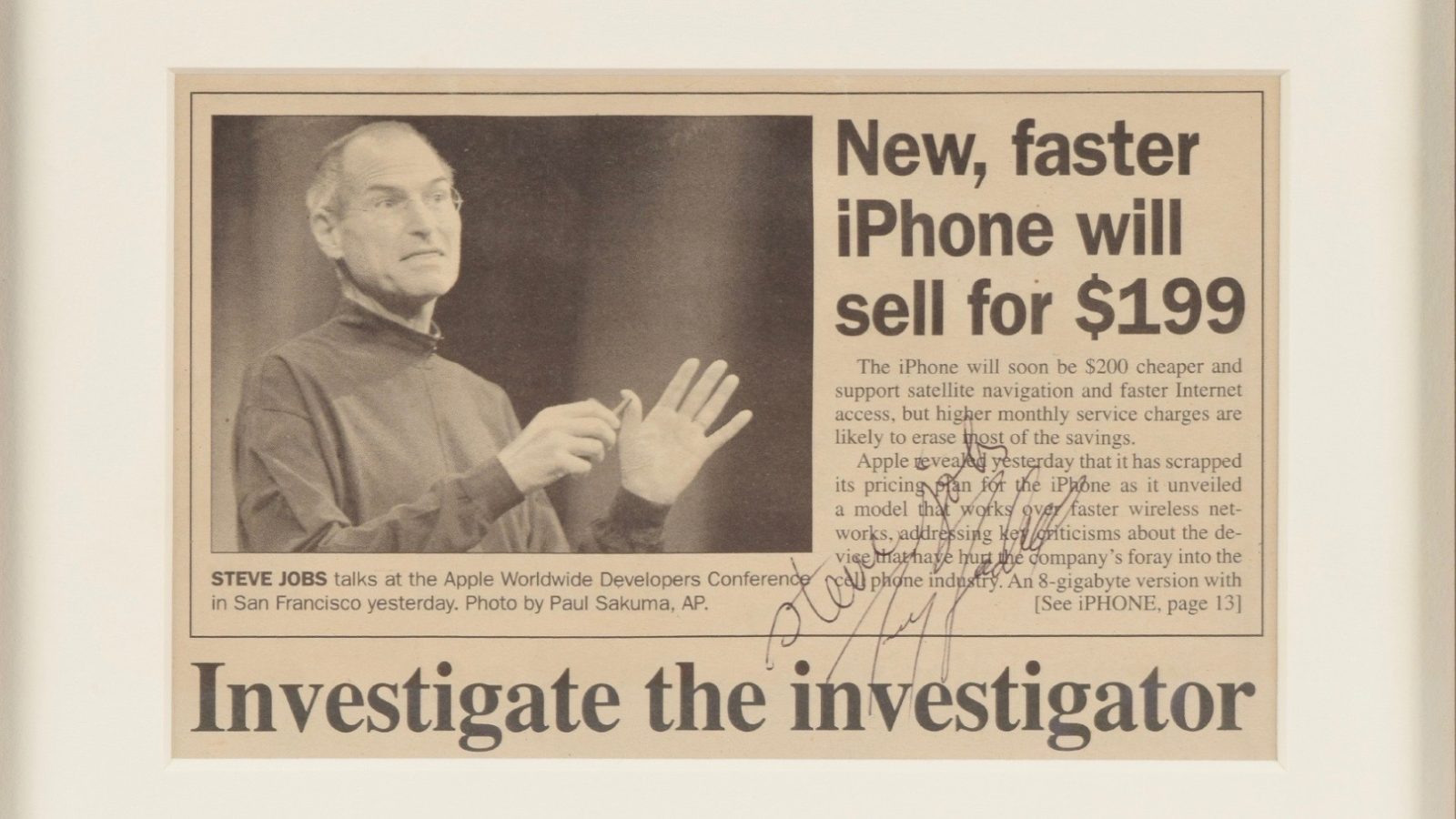Fetch cracked For Mac is a version for Mac The system’s ftp upload tool has the characteristics of user interface emphasizing simplicity and ease of use. It supports StuffIt, Zip, Tar, Gzip and other file formats, supports fast file transfer and Apple’s Bonjour technology, supports Unicode file names, and can display the transfer status on the Dock, improving AppleScript support. Fetch 4.0.3 (which is the last version to run on 'Classic' Mac OS) is also shareware, $25 (available for immediate online purchase), and multi-user discounts are available. Fetch 4.0.3 is a free upgrade for customers who have licensed 3.0.3, 4.0 or later from Fetch Softworks; the serial numbers for those releases will also work in 4.0.x. Most people looking for Fetch free mac os downloaded: Fetch. Fetch is a reliable, full-featured file transfer client for the Macintosh whose interface emphasizes simplicity and ease of use. Programs for query ″fetch free download mac os. Fetch is a reliable, full-featured file transfer client for the Apple Macintosh whose user interface emphasizes simplicity and ease of use. Fetch supports FTP and SFTP, the most popular file transfer protocols on the Internet Learn More. Fetch is a reliable, full-featured, easy-to-use file transfer client for the Macintosh Learn More. With the launch of Mac OS Catalina around the corner I wanted to be proactive and verify that Fetch v.5.7.7 will work with the new OS. Jim, have you done any testing on the Public BETA of Catalina? Will there be a new version of fetch that complies with Macs 64bit compatibility requirement?
Fetch is an application that allows you to upload and download filesover the Internet via FTP orSFTP. You can use it to access anonymous FTP orprivate FTP/SFTP sites, or to transfer files between your computer andyour personal accounts on a shared system. It is shareware, butavailable without charge to those affiliated with academicinstitutions. For more information, or to download, visit Fetch Softworks.
Macbooks or iMacs hardly require reinstallation of their Mac OS, but when they do then it’s a fairly difficult process especially if your secondary computer is Windows. Reinstalling Mac OS is a time-consuming process and requires a lot of patience that’s why recommend doing this process in your free time or weekends.
To get started with you require a USB drive with at least 8GB storage (16GB recommended). Then you need a working Mac OS ISO or DMG Installation Image. You can download it from the Apps Store or you can find Mac OS Image at ISORIVER.
There are 2 Methods to Create a Bootable USB drive of Mac OS on your Windows PC.
Method 1: Using TransMac
- Download TransMac’s latest version for Windows from this link.
- Connect your USB drive
- Right Click on your USB drive option in TransMac and select Format Disk for Mac
- After that, right-click the USB Drive and select Restore with Disk Image
- Point to your Mac OS .dmg or .iso file by clicking the add button.
- After that TransMac will create bootable Mac OS USB within few minutes.
- Then you can insert it into your Mac, hold down the option key while turn on and boot your system with this USB.
Method 2: Using PowerISO
Another disk image utility that you can use is PowerISO. It can be used for burning both ISO files and DMG files to USB to create a bootable drive. Follow the steps below to Create a Bootable Mac OS USB on Windows PC.

Step 1: Firstly Download PowerISO and install it in your Windows PC. Launch the app and insert a USB drive into your computer.
Step 2: Import the DMG / ISO file directly by clicking on ‘Burn’ in the toolbar.
Step 3: In the Burn window, select the DMG / ISO file from the Source File section.

Step 4: You can modify the settings to adjust burn speed. The default will be set to the maximum, so you can reduce that.
Step 5: You can choose to finalize the disk and verify it. Any errors in the bootable USB will show up at that point.
Step 6: Now click on “Burn” and wait for the progress bar to reach 100%.
After the successful creation of Bootable Mac OS USB, boot your Macbook from this USB drive by clicking the option button during bootup and select this USB drive.
Fetch App Mac Os
Watch this Video Tutorial
Fetch Mac Os Error 25293

Fetch Macos Download
That’s it for the tutorial If you face any issues or had any query then please let us know in the comment section below. You can also send us an email via the contact us page for personalized support.
